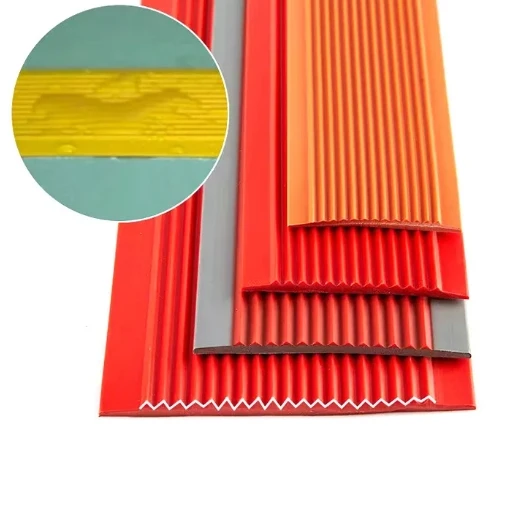bottom seal door
Understanding Bottom Seal Doors Functionality and Benefits
In the world of door design and installation, the bottom seal door stands out as an essential feature that enhances both functionality and aesthetics. While it may seem like a minor component, the bottom seal plays a critical role in maintaining a comfortable, efficient, and secure indoor environment. This article delves into the various aspects of bottom seal doors, emphasizing their importance in modern architectural solutions.
What is a Bottom Seal Door?
A bottom seal door refers to a door that incorporates a sealing mechanism at its base to close the gap between the door and the floor. This sealing system can take various forms, including rubber or vinyl strips, brush seals, or even more advanced automatic options. The primary purpose of a bottom seal is to create a barrier against external elements, contributing to energy efficiency and enhancing the overall performance of a door.
The Importance of Bottom Seals
1. Energy Efficiency One of the major advantages of bottom seal doors is their ability to improve energy efficiency. By sealing the gap under the door, these systems significantly reduce drafts, preventing heated or cooled air from escaping. This functionality is particularly essential in climates with extreme temperatures. Homes and commercial spaces can maintain a more stable internal environment, leading to lower energy costs over time.
2. Pest Control Bottom seals also act as a deterrent to unwanted pests. Bugs and rodents often find their way into homes through small gaps under doors. By effectively sealing this space, bottom seal doors can prevent entry, thereby protecting the indoor environment from infestations.
3. Noise Reduction In urban settings or noisy environments, bottom seals can help dampen sound transmission. The added barrier at the bottom of the door reduces the transmission of noise from outside, providing a quieter, more serene indoor atmosphere. This is especially beneficial for residential buildings in bustling areas.
bottom seal door

4. Weather Protection Weather conditions can be harsh, and a bottom seal door can provide better protection against rain, snow, and wind. By eliminating gaps, these doors prevent water ingress that can lead to mold growth or damage to flooring materials. This feature extends the life of the door and improves the overall durability of the entrance.
5. Aesthetic Appeal Beyond functionality, bottom seal doors can enhance the aesthetic appeal of a property. They come in various designs and materials, ensuring that they can match or complement existing decor. When properly integrated, they provide a sleek, polished look to both residential and commercial spaces.
Installation and Maintenance
Installing a bottom seal door requires careful consideration of the door type and material used. Some homeowners may choose to install bottom seals themselves, especially if they are familiar with basic DIY tasks. However, for larger installations or commercial applications, seeking professional help may be advisable.
Maintenance of bottom seals is relatively straightforward. Regular inspections should be conducted to ensure the seals remain intact and effective. Over time, wear and tear can occur, necessitating replacements or adjustments. Keeping seals clean and free of debris also enhances their performance and longevity.
Conclusion
In conclusion, bottom seal doors are more than just a functional component of a doorway; they are integral to enhancing energy efficiency, comfort, and security within a space. As more homeowners and businesses recognize the benefits these doors provide, their popularity continues to rise. Whether for a residential home looking to cut down on energy expenses or a commercial property aiming for a professional appearance, investing in bottom seal doors is a decision that promises significant returns. By understanding and choosing the right bottom seal for specific needs, property owners can enjoy a more secure, comfortable, and appealing environment.
-
Under Door Draught Stopper: Essential ProtectionNewsJul.31,2025
-
Garage Door Seal and Weatherstrips for ProtectionNewsJul.31,2025
-
Edge Banding Tape for Perfect EdgesNewsJul.31,2025
-
Table Corner Guards and Wall Corner ProtectorsNewsJul.31,2025
-
Stair Nose Edging Trim and Tile Stair SolutionsNewsJul.31,2025
-
Truck Bed Rubber Mats for Pickup BedsNewsJul.31,2025
-
Window Weather Stripping for Noise ReductionNewsJul.29,2025